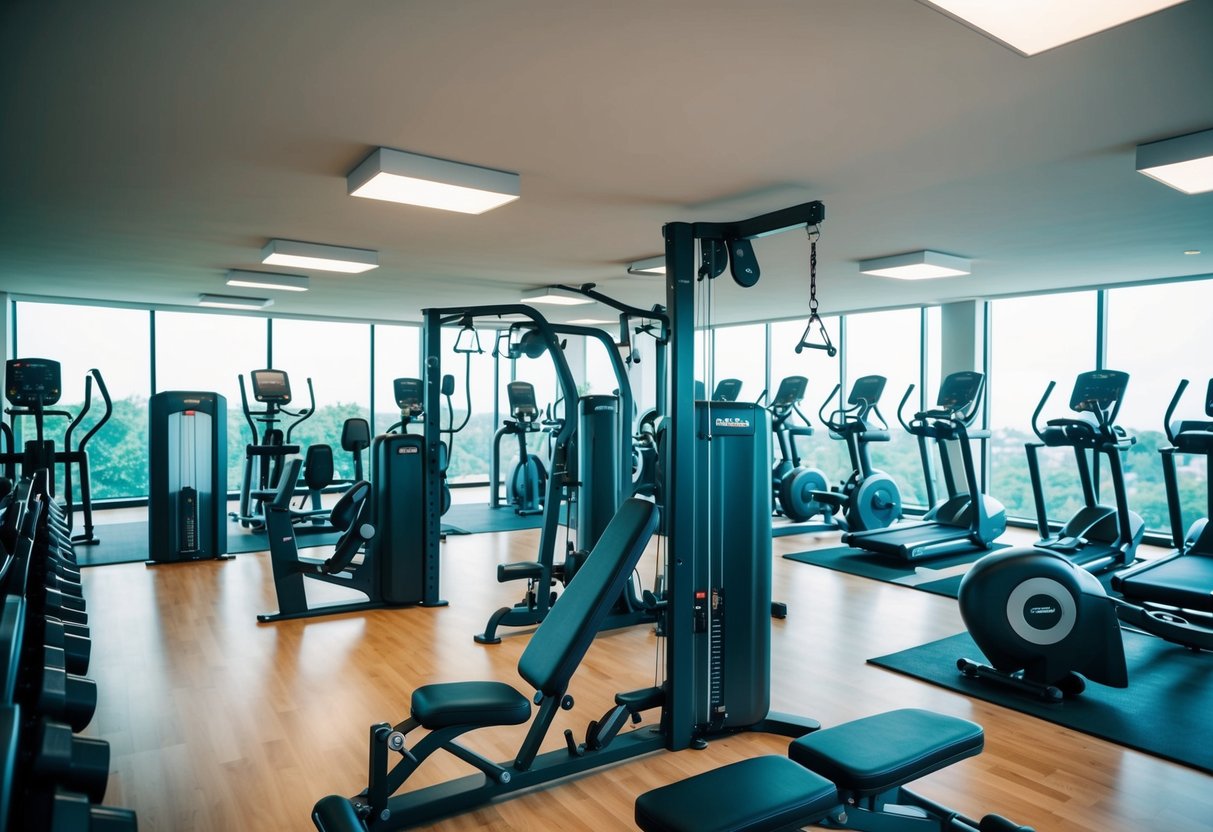
Exercise Selection: Compound vs. Isolation Exercises
The choice between compound and isolation exercises plays a significant role in workout design. Compound exercises involve multiple muscle groups and joints, such as squats and deadlifts. They are effective in building overall strength and muscle mass, leading to a more efficient workout when time is limited. These exercises also boost calorie burn due to engaging several muscles simultaneously.
Isolation exercises target a specific muscle group. Examples include bicep curls and leg extensions. They are crucial for muscle imbalances or focusing on particular areas for development. Learning when to incorporate each type into a workout split is essential for creating a balanced routine. Mixing both can ensure comprehensive muscle growth and reduce the risk of muscular imbalances.
Balancing Intensity, Volume, and Frequency
Balancing intensity, volume, and frequency ensures that workouts meet fitness objectives without causing burnout. Intensity involves how much effort one expends, often measured by the percentage of the one-rep max (1RM). Volume refers to the total amount of work done, typically sets and reps, while frequency involves how often a muscle group is trained weekly.
A well-structured workout split can help balance these elements. For instance, a training plan might include high-intensity sessions with fewer sets or lower intensity with increased volume. Varying these parameters helps in optimizing muscle development and recovery. Listening to the body and adjusting as needed is crucial in maintaining a beneficial workout program over time.
Nutrition and Recovery for Optimal Results

Achieving maximum results from a workout program involves more than just exercise. Proper nutrition and sufficient recovery are crucial for muscle growth and preparing the body for the next session. Nutrient intake, sleep quality, and rest days play essential roles in this process.
Macronutrients and Muscle Recovery
Macronutrients—proteins, carbohydrates, and fats—are fundamental to muscle recovery and growth. Proteins provide the amino acids necessary for repairing and building muscle tissue. Consuming adequate protein after a workout can significantly enhance recovery. Carbohydrates replenish glycogen stores, the body’s primary energy source, depleted during exercise. This replenishment aids in recovery and prepares muscles for subsequent activities. Healthy fats support hormone production, which is vital for muscle repair. Eating a balanced diet with the right ratio of macronutrients allows for swifter muscle recovery and performance enhancement.
The Role of Sleep and Rest Days
Quality sleep and designated rest days are vital for optimal recovery. During deep sleep, the body undergoes various processes that repair muscle tissue and restore energy. Lack of sleep can impede these recovery processes and decrease workout effectiveness. Rest days allow muscles to recover from the microtraumas caused by strenuous exercise. These days are crucial to preventing overtraining, which can lead to fatigue and injury. Implementing regular rest days into the fitness routine and prioritizing good sleep hygiene ensures that the body has adequate time to recover and strengthen.



